The Payment Orchestration Platform Market is currently characterized by a dynamic competitive landscape, driven by the increasing demand for seamless payment solutions across various sectors. Key players such as Adyen (NL), Stripe (US), and PayPal (US) are at the forefront, each adopting distinct strategies to enhance their market positioning. Adyen (NL) focuses on innovation through its comprehensive payment solutions that cater to global merchants, while Stripe (US) emphasizes developer-friendly tools and integrations, appealing to tech-savvy businesses. PayPal (US), on the other hand, leverages its extensive user base and brand recognition to expand its offerings, including buy-now-pay-later services. Collectively, these strategies contribute to a competitive environment that prioritizes customer experience and technological advancement.
The market structure appears moderately fragmented, with numerous players vying for market share. Key business tactics include localizing services to meet regional compliance and consumer preferences, as well as optimizing supply chains to enhance operational efficiency. The influence of major players is significant, as their innovations and partnerships often set industry standards, compelling smaller firms to adapt or differentiate their offerings.
In September 2025, Stripe (US) announced a strategic partnership with a leading e-commerce platform to enhance its payment processing capabilities. This collaboration aims to streamline transactions for online retailers, thereby improving user experience and potentially increasing conversion rates. The strategic importance of this partnership lies in its ability to position Stripe as a preferred payment solution for e-commerce businesses, further solidifying its market presence.
In August 2025, Adyen (NL) launched a new feature that integrates advanced fraud detection capabilities into its payment orchestration platform. This move is particularly significant as it addresses growing concerns over online fraud, thereby enhancing trust among merchants and consumers alike. By prioritizing security, Adyen not only strengthens its value proposition but also differentiates itself in a crowded market.
In July 2025, PayPal (US) expanded its payment orchestration services to include cryptocurrency transactions, reflecting a growing trend towards digital currencies. This strategic expansion is indicative of PayPal's commitment to innovation and adaptability in a rapidly evolving financial landscape. By embracing cryptocurrencies, PayPal positions itself to capture a new segment of tech-savvy consumers, potentially driving further growth.
As of October 2025, the Payment Orchestration Platform Market is witnessing trends such as digitalization, sustainability, and the integration of artificial intelligence. Strategic alliances are increasingly shaping the competitive landscape, as companies recognize the value of collaboration in enhancing service offerings and expanding market reach. Looking ahead, competitive differentiation is likely to evolve from traditional price-based competition to a focus on innovation, technological advancements, and supply chain reliability, underscoring the importance of agility in meeting consumer demands.


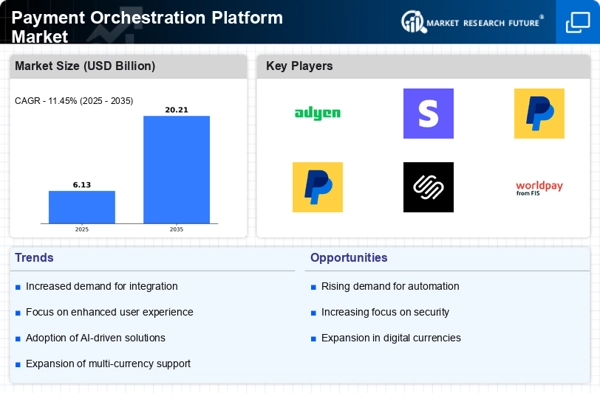
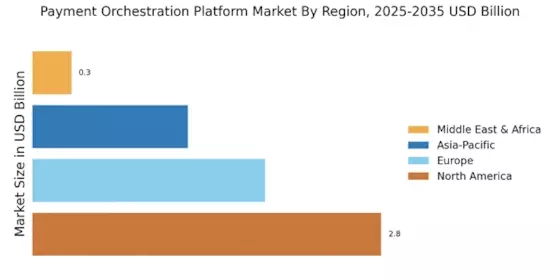
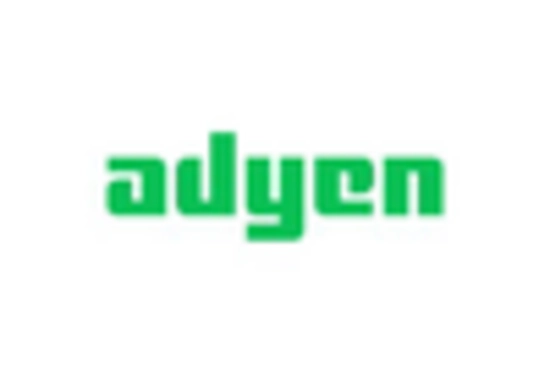
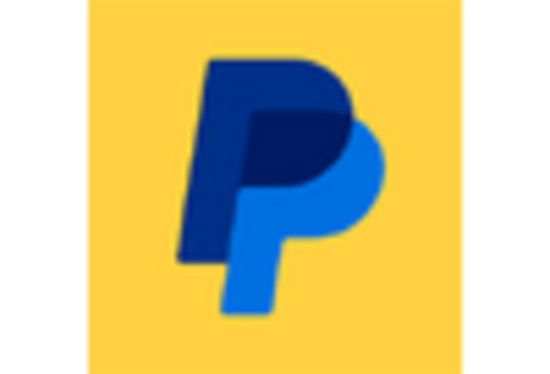
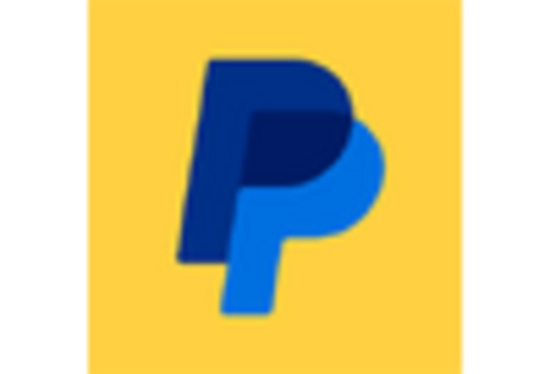











Leave a Comment